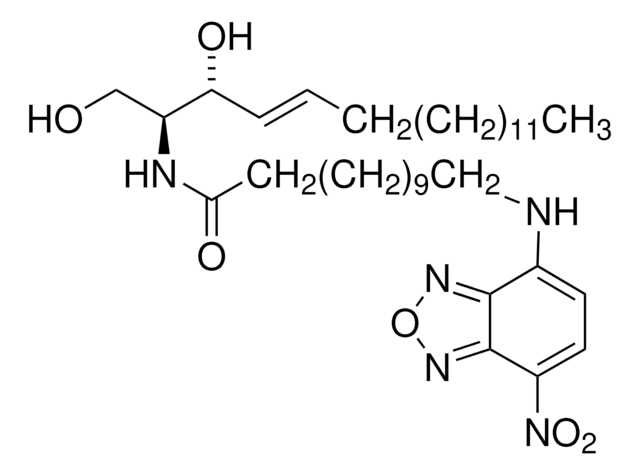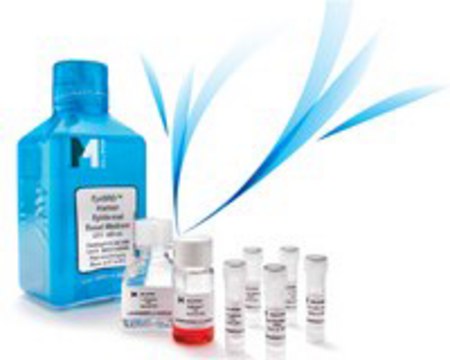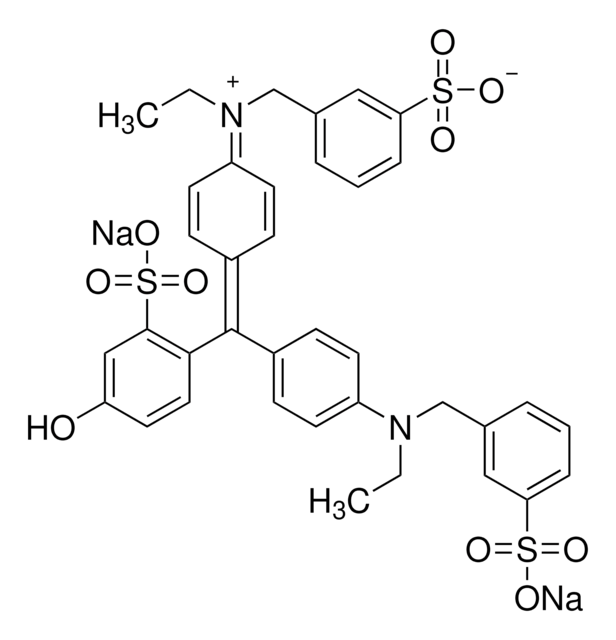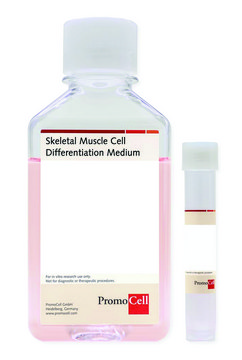Recommended Products
form
solid
quality
low endotoxin
impurities
≤1 EU/mg endotoxin
storage temp.
−20°C
General description
The nanoHA products are small-molecular weight hyaluronic acid oligomers prepared by chemoenzymatic synthesis using immobilized enzymes. The name of each nanoHA indicates the number of monosaccharide units in the oligomer. The reducing end contains N-acetyl-D-glucosamine.
Application
NanoHA has been used in a study to assess the development of nano-sized hydroxyapatite reinforced composites for tissue engineering scaffolds. It has also been used in a study to investigate the use of electrospun bioactive nanocomposite scaffolds for bone tissue engineering.
Other Notes
nanoHA5 is a pentasaccharide containing two hyaluronan disaccharide subunits (GlcNAcβ4GlcAβ3GlcNAcβ4GlcAβ3GlcNAcβ4).
To gain a comprehensive understanding of our extensive range of Oligosaccharides for your research, we encourage you to visit our Carbohydrates Category page.
Physical form
Supplied lyophilized as the ammonium and/or sodium salt.
Analysis Note
Sold on the basis of carbohydrate as determined by carbazole assay.
Legal Information
nanoHA is a trademark of Hyalose LLC
WGK
WGK 2
Flash Point(F)
Not applicable
Flash Point(C)
Not applicable
Regulatory Information
新产品
Certificates of Analysis (COA)
Search for Certificates of Analysis (COA) by entering the products Lot/Batch Number. Lot and Batch Numbers can be found on a product’s label following the words ‘Lot’ or ‘Batch’.
Already Own This Product?
Find documentation for the products that you have recently purchased in the Document Library.
Vinoy Thomas et al.
Biomacromolecules, 8(2), 631-637 (2007-01-30)
Nanofibrous biocomposite scaffolds of type I collagen and nanohydroxyapatite (nanoHA) of varying compositions (wt %) were prepared by electrostatic cospinning. The scaffolds were characterized for structure and morphology by Fourier transform infrared spectroscopy (FT-IR), scanning electron microscopy (SEM), atomic force
Jie Huang et al.
Journal of materials science. Materials in medicine, 18(11), 2151-2157 (2007-09-25)
Nano-sized hydroxyapatite (nanoHA) reinforced composites, mimicking natural bone, were produced. Examination by transmission electron microscopy revealed that the nanoHA particles had a rod-like morphology, 20-30 nm in width and 50-80 nm in length. The phase composition of hydroxyapatite was confirmed
Vinoy Thomas et al.
Journal of nanoscience and nanotechnology, 6(2), 487-493 (2006-04-01)
Nanocomposite scaffolds based on nanofibrous poly(epsilon-caprolactone) (PCL) and nanohydroxyapatite (nanoHA) with different compositions (wt%) were prepared by electrostatic co-spinning to mimic the nano-features of the natural extracellular matrix (ECM). NanoHA was found to be well dispersed in polymers up to
Our team of scientists has experience in all areas of research including Life Science, Material Science, Chemical Synthesis, Chromatography, Analytical and many others.
Contact Technical Service






